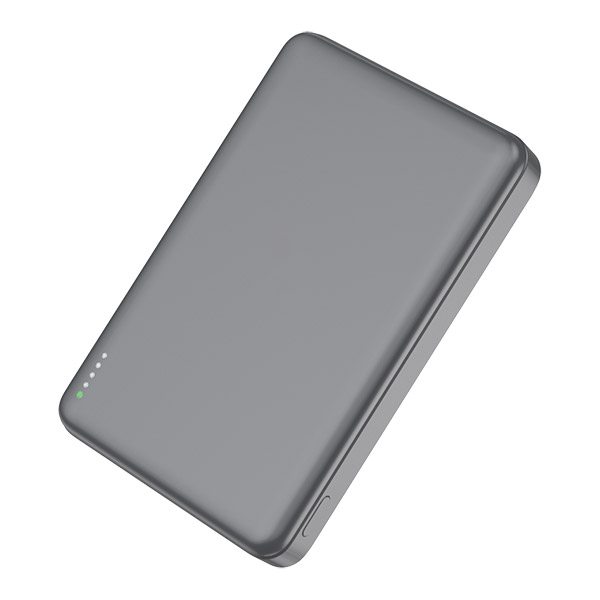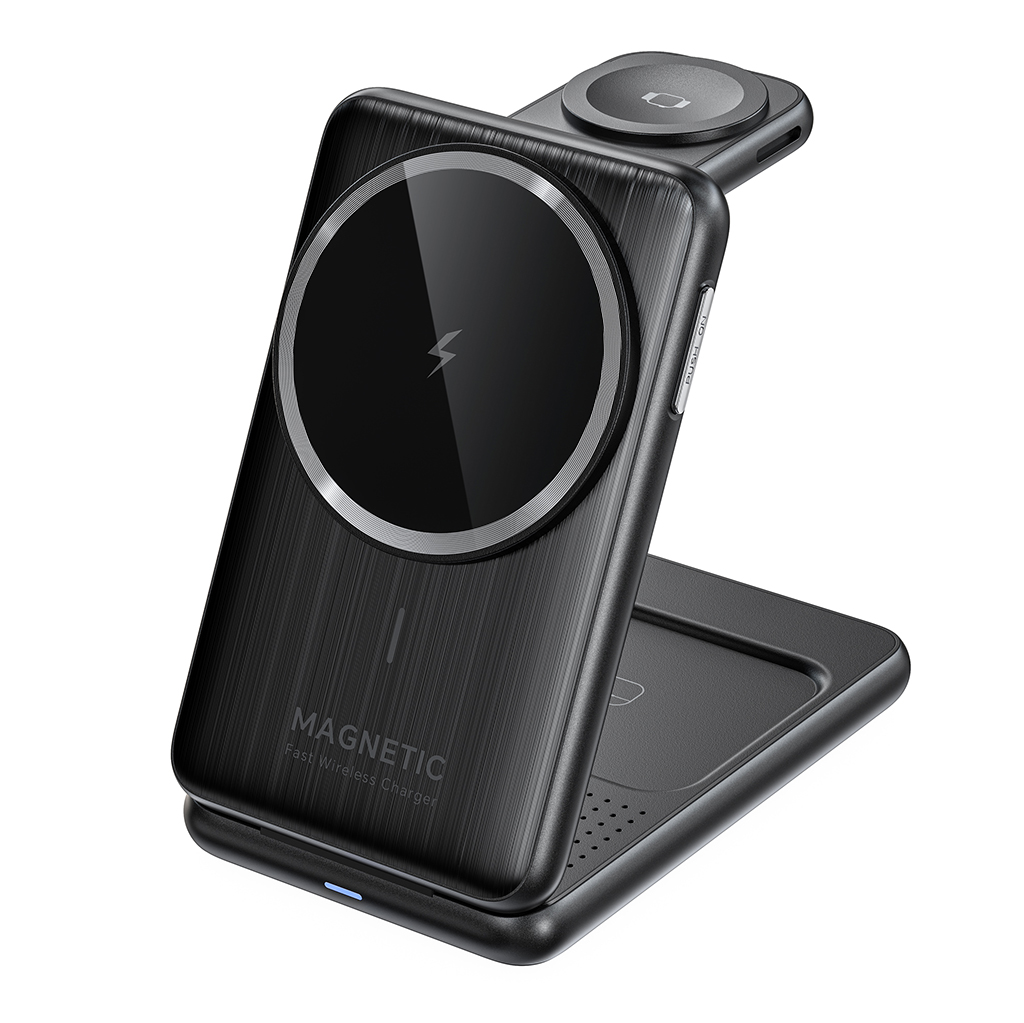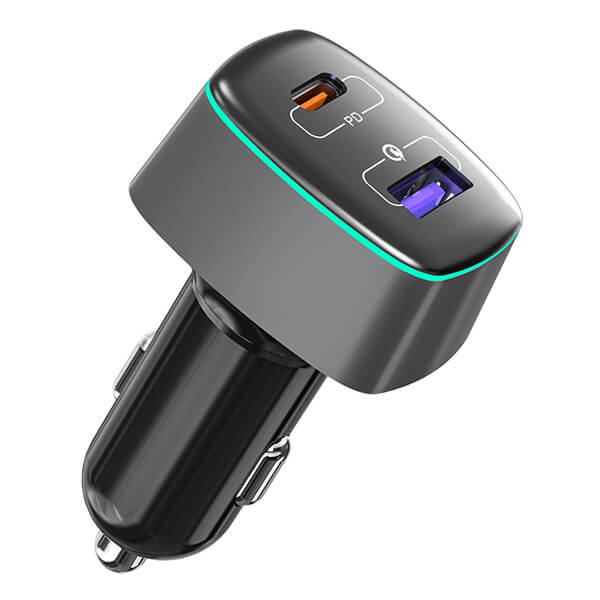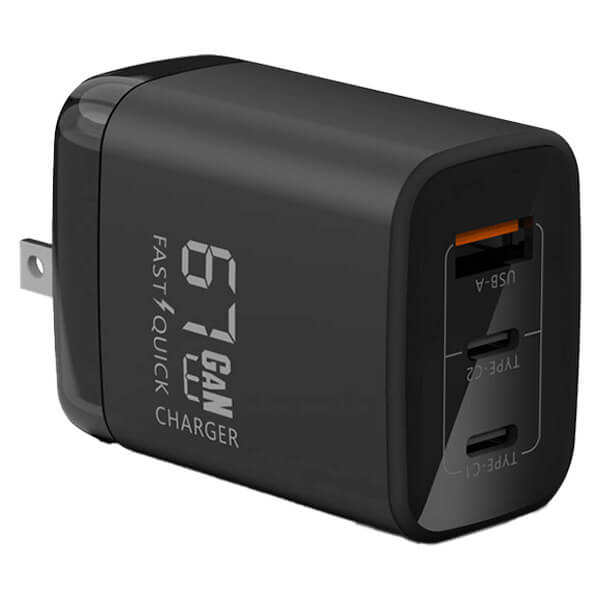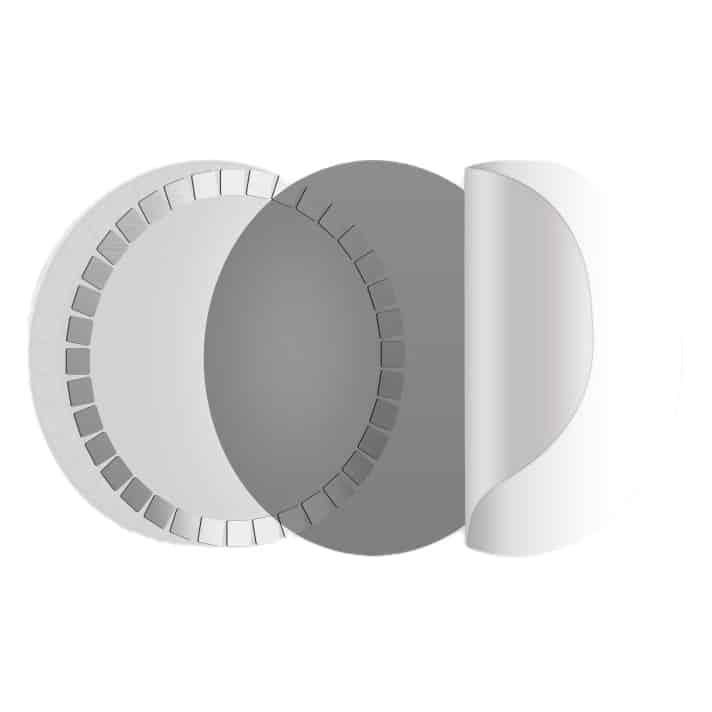
Overview of the Global Consumer Electronics Market
According to forecasts from Statista and IDC, the global consumer electronics market is expected to reach $1.2 trillion in 2025, marking an approximate 8.3% growth compared to 2023. The key drivers behind this growth include smartphones, wearable devices, smart home products, and electronics related to electric vehicles (EVs).
Key Growth Drivers:
-
Advancement of 5G and AI Technologies: Rapid adoption of 5G smartphones and AIoT (Artificial Intelligence + Internet of Things) devices.
-
Rising Demand for Sustainable and Eco-Friendly Products: The European and North American markets are increasingly prioritizing carbon-neutral and recyclable consumer electronics.
-
Emerging Markets (India & Southeast Asia) Gaining Momentum: The growing middle-class population is fueling demand for consumer electronics in these regions.
-
- –
Key Technological Trends
(1) AI + Hardware Integration: Smart Intelligence Drives Consumer Upgrades
- AI chips and machine learning algorithms are now embedded in smartphones, PCs, home appliances, and wearables, enhancing user experiences with automated battery optimization, intelligent voice assistants, and AI-enhanced imaging.
- Leading brands such as Qualcomm, Apple, Huawei, and Xiaomi are investing heavily in AI-powered devices. By 2025, over 70% of smartphones will feature local AI processing capabilities (Counterpoint Research).
(2) Foldable Displays and Next-Generation Display Technologies
- IDC projects a 48% increase in foldable smartphone shipments by 2025, exceeding 40 million units annually.
- Mini-LED and Micro-LED technologies are gaining traction, with increased adoption in TVs, laptops, and tablets.
(3) Sustainability in Consumer Electronics: Eco-Friendly Materials & Long-Lasting Batteries
- The EU’s "Right to Repair" regulation is pushing brands to improve repairability and recyclability.
- Eco-friendly materials (biodegradable plastics, recycled aluminum) are expected to increase adoption by 30% in laptops and smartphones.
- Next-gen batteries such as solid-state and sodium-ion batteries are entering commercialization, potentially improving device battery life by 20%+.
(4) Wireless Consumer Electronics: Wireless Charging, Wireless Audio, and Wireless Displays
- The Qi2 wireless charging standard is expected to drive global adoption, with shipments reaching 500 million units by 2025 (WPC – Wireless Power Consortium).
- The True Wireless Stereo (TWS) earbuds market will continue growing, with an estimated 400 million units shipped by 2025, dominating 80%+ of the earphone market.
- Wireless display technologies, including Wi-Fi 7 and Ultra-Wideband (UWB), will enable seamless device connectivity.
(5) AR/VR & XR Technologies: The Rise of Metaverse Devices
-
The commercial launch of Apple’s Vision Pro and Meta Quest devices is expected to push the AR/VR market to $50 billion by 2025 (Bloomberg Intelligence).
-
Micro-OLED displays are becoming the preferred technology for low-power, high-resolution AR/VR headsets, encouraging brands to expand their XR (Extended Reality) ecosystems.
-
- –
Regional Market Analysis
-
North America: Strong demand for smart home products, with the North American smart home market reaching $138 billion by 2025.
-
Europe: Driven by carbon neutrality policies, over 40% of smartphones sold in 2025 will use sustainable materials.
-
Asia-Pacific: India and Southeast Asia are the fastest-growing markets. The Indian smartphone market is projected to reach $80 billion by 2025, with a 12% YoY growth rate.
-
- –
Future Market Opportunities
-
Wearable Technology (Smartwatches & AR Glasses): Expected market value to exceed $100 billion by 2025, growing at 15% annually.
-
Low-Earth Orbit (LEO) Satellite Communication: Apple, Huawei, and SpaceX are integrating satellite connectivity into smartphones to enhance emergency communication capabilities.
-
Smart Home Upgrades: Energy-efficient smart air conditioners, refrigerators, and TVs are expected to drive the global smart home appliance market to $300 billion.
-
- –
Conclusion
In 2025, the consumer electronics industry will be shaped by technological innovation (AI, wireless tech, sustainability), market expansion (India & Southeast Asia), and industrial upgrades (smart homes, XR, EV electronics). For B2B enterprises, keeping pace with new technology, optimizing supply chains, and meeting environmental regulations will be critical for maintaining a competitive edge.

